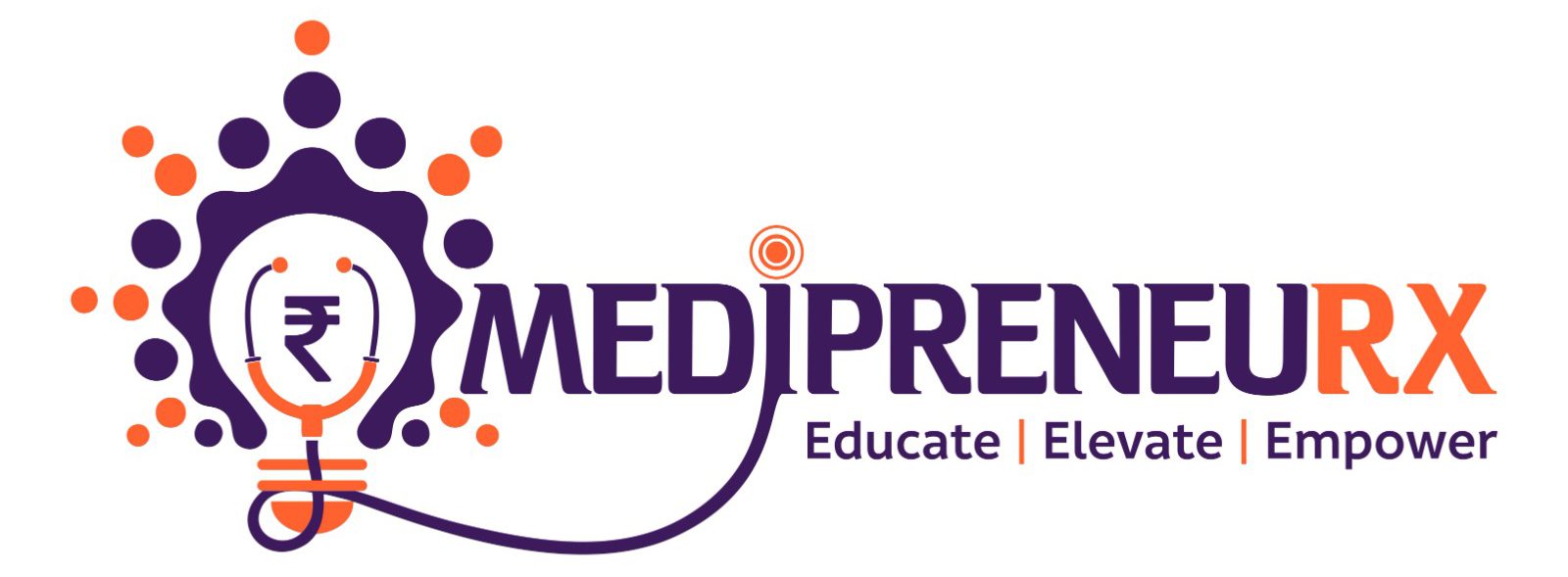Unsettling patterns of inactivity among Indians have been uncovered by a groundbreaking nationwide survey on sports and physical exercise. According to the poll, which was carried out by Dalberg Advisors in association with Sports and Society Accelerator, more than 20 crore (200 million) Indians are classified as “inactive” by international standards. Based on recommendations from the World Health Organization, this classification is based on the amount of moderate-to-intense physical activity that individuals should do in each week to reduce health risks and enhance mental health. It is advised that children and teenagers engage in 60 minutes of physical activity each day.
The fact that urban females are most negatively impacted by inactivity is among the most concerning findings. Due to social safety concerns and restricted access to safe public spaces such as parks and playgrounds, this group encounters considerable obstacles when it comes to engaging in physical activity. On the other hand, inactivity rates in rural areas are almost half as high as those in metropolitan areas.
The poll exposes a significant myth: that physical activity hinders academic achievement. According to Swetha Totapally of Dalberg Advisors, this misconception needs to be dispelled because exercise improves mood regulation, cognitive abilities, and general stamina—all of which are factors that academic performance truly benefits from. According to the survey, India’s GDP might increase by more than Rs 15 trillion a year if the country were to reach high levels of physical activity by 2047. This highlights the substantial advantages of increased activity for both health and the economy.
One of the main problems found is that in India, many confuse physical exercise in general with sports. Rather than being seen as a way to improve health and community well-being, physical exercise is often associated with competitive sports and excellence, according to Desh Gaurav Sekhri of Sports and Society Accelerator.
The poll also reveals that there is a serious infrastructural deficit in schools, which lowers student physical activity levels. About 21% of pupils who responded to the study said their schools lacked playgrounds, while 67% of them said their schools lacked sporting equipment. This emphasizes how urgently physical activity has to be included more fully into school curricula.
The results of the poll as a whole urge changes in infrastructure and societal attitudes in order to solve the growing epidemic of inactivity, especially among students and metropolitan girls. Bettering school sports facilities, expanding access to safe recreational areas, and emphasizing the advantages of physical activity can all contribute to healthier lifestyles and a more successful community.
SOURCE :
TIMES OF INDIA








